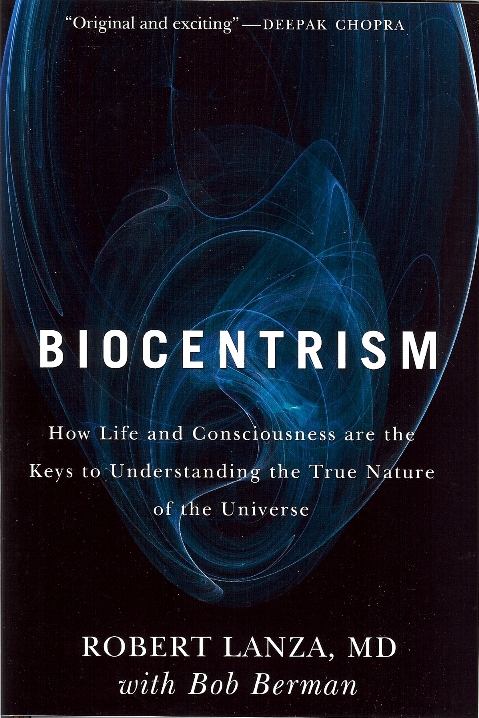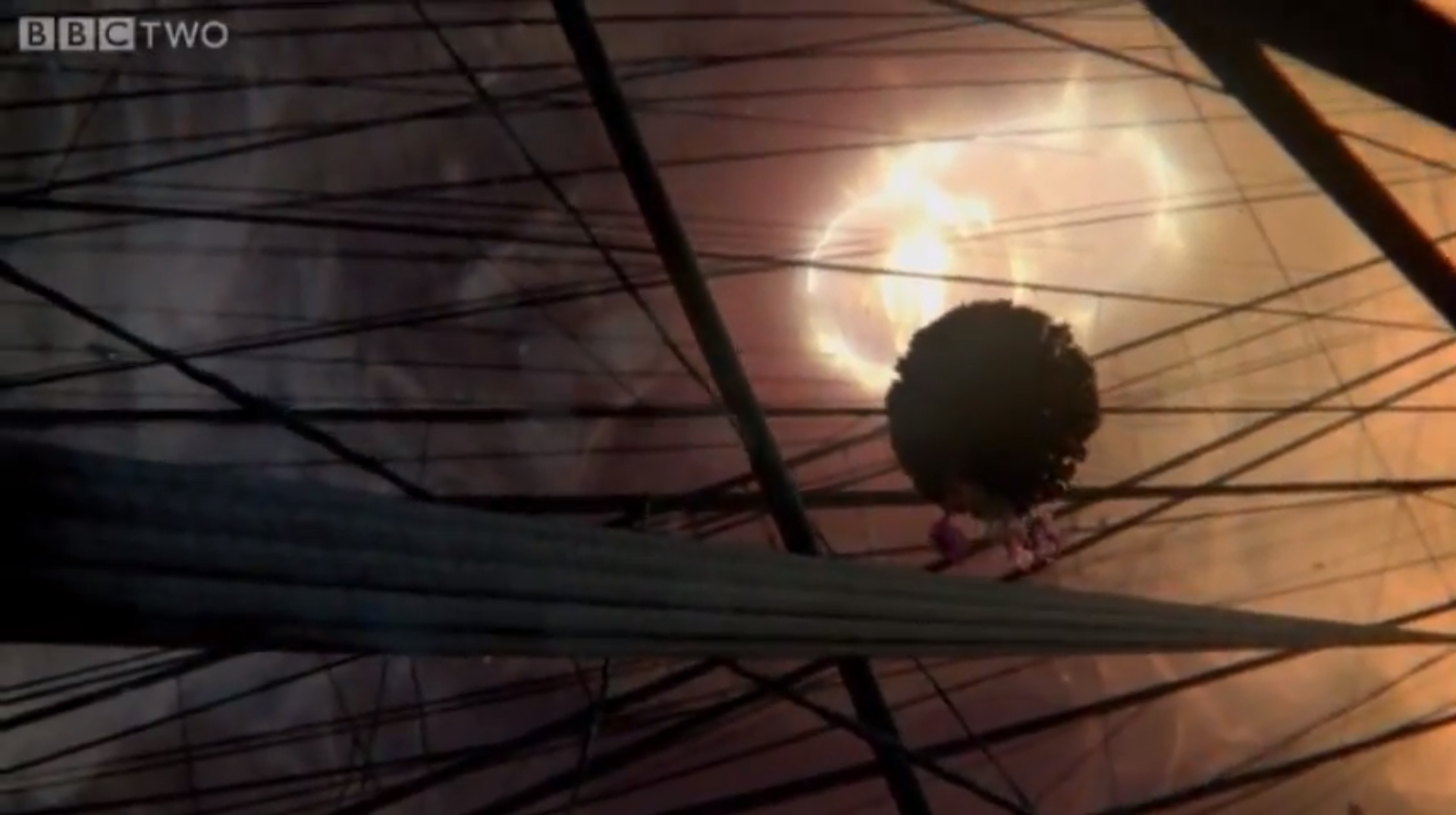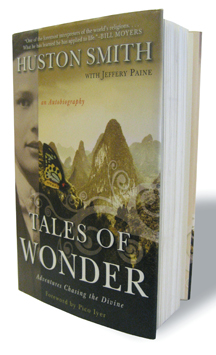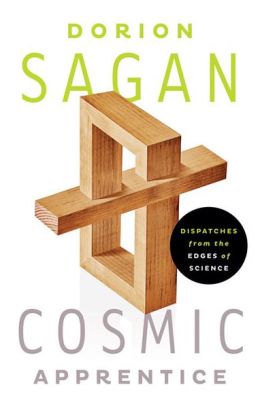Being a huge fan of Carl Sagan’s books, I was delightfully surprised when I found that his son, Dorion Sagan, is a prolific writer on the subjects of science, philosophy, and evolution. The first of his works which I decided to read is entitled Cosmic Apprentice: Dispatches from the Edges of Science. For a good review see Maria Popova’s review here. I loved reading the book and I look forward to reading more of Sagan’s writings.
Category: universe (Page 4 of 12)

I recently finished Robert Lanza’s book, Biocentrism: How Life and Consciousness are the Keys to Understanding the True Nature of the Universe. While understanding the true nature of the universe is a bold claim, I think there is validity to the perspective of biocentrism based on my own experiences and knowledge. The book kept me thinking and my head spinning. My mind constantly wondered, thinking about the consequences and possible applications of the principles of biocentrism.
Lanza’s theory of biocentrism has seven principles (source):
- What we perceive as reality is a process that involves our consciousness. An “external” reality, if it existed, would by definition have to exist in space. But this is meaningless, because space and time are not absolute realities but rather tools of the human and animal mind.
- Our external and internal perceptions are inextricably intertwined. They are different sides of the same coin and cannot be divorced from one another.
- The behavior of subatomic particles, indeed all particles and objects, is inextricably linked to the presence of an observer. Without the presence of a conscious observer, they at best exist in an undetermined state of probability waves.
- Without consciousness, “matter” dwells in an undetermined state of probability. Any universe that could have preceded consciousness only existed in a probability state.
- The structure of the universe is explainable only through biocentrism. The universe is fine-tuned for life, which makes perfect sense as life creates the universe, not the other way around. The “universe” is simply the complete spatio-temporal logic of the self.
- Time does not have a real existence outside of animal-sense perception. It is the process by which we perceive changes in the universe.
- Space, like time, is not an object or a thing. Space is another form of our animal understanding and does not have an independent reality. We carry space and time around with us like turtles with shells. Thus, there is no absolute self-existing matrix in which physical events occur independent of life.

With computer graphics we can now see an invisible world, the result of billions of years of evolutionary interaction. This vast expanse of time created the truly magnificent complexity of life. Secret Universe: Journey Inside the Cell provides a remarkable graphic visualization of this complexity. The processes of cellular function are slowed down and magnified so that viewers can see and understand the continuous activity occurring within their own bodies. It is simply stunning to realize what is happening in the microscopic world of the cell.
Also called: Secret Universe The Hidden Life of a Cell
Watch it: Hulu, Dailymotion, YouTube
Think of the Earth as a human cell; the human body would stretch the length of Jupiter’s orbit around the Sun.
Approximate Diameter of Earth: 12,742 km
Average Diameter of Jupiter Orbit: 1,557,094,400 km (122,201.7 times Earth’s Diameter)
Approximate Diameter of Human Cell: 15 micrometers
Average Height of Human: 1.8 meters (120,000.0 times the Diameter of Human Cell)

I was introduced to the works of Alan Watts by a meditation teacher about three years ago. Since then, I have been interested in mysticism, cognition, Buddhism, and scientism. Don’t ask me why, but these subjects just captivate me. I have been reading the works of various authors such as Douglas Hofstadter, Thich Nhat Hanh, Joseph Campbell, Stuart Kauffman, Francisco Varela, and Jiddu Krishnamurti; but what am I trying to learn; WHY?
Art Meets Science & Spirituality in a Changing Economy – “THE CHAOTIC UNIVERSE” – Ilya Prigogine, John Cage, Huston Smith
Old, but good!







